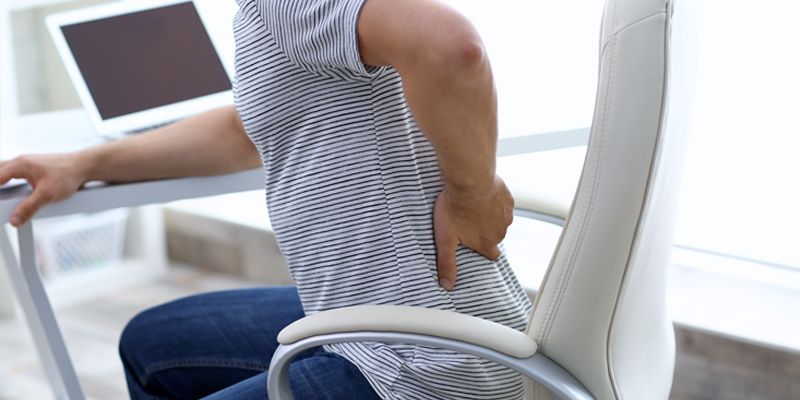
Every mother says it at some point in time:“Stand up straight! Sit up straight!”But what does this really mean? We hear it all the time from our patients that come in: “I have horrible posture. My posture could be better.” Incorrect posture can damage the spine, knees and shoulders, causing us to have a hunched over appearance. It can cause ligaments to strain over time and cause bone to change shape and eventually create arthritic change. When we have good posture, our muscles work together with gravity to hold our bodies in correct alignment while sitting or standing. Your body works more efficiently without strain. Poor posture can develop over time due to subconscious habits, but we can all make a conscious effort to perfect it again!
There are many habits that can negatively affect posture that we are often unaware of. These habits throw off the structure of our bodies by causing joint pain, reduced muscle functionality and tightened ligaments, back muscles and hamstrings. This hinders our ability to exercise effectively, bear weight, gain muscle and breathe deeply. It can also push the chest cavity inwards over time, leading to cardiovascular and circulatory problems. Examples of habits that can lead to bad posture include holding our heads forward, hunching while sitting, taking infrequent breaks with our desk jobs (leading to a pelvis that is rotated backwards) and one-legged standing.
There are several questions you can ask yourself to determine if you have poor posture. When looking at full-body photos of yourself from a side view, are you able to see your shoulder blades? If so, your back is too hunched. Does your earlobe extend past the midpoint of your shoulder? If so, your neck is likely bring strained. Do your hips appear to tip forward, creating a “belly pooch”?This could be an indicator of an increased anterior pelvic tilt. When assessing your posture, there are many other points that also need to be addressed and there could be deeper underlying problems that need to be treated. Taking a holistic treatment approach to treating these little imbalances in your body could help reduce the stresses and strains that you might be feeling in your body. With good posture comes improved flexibility and less strain on the body.Sometimes working on your posture is something you can do on your own, but often times it takes the skill and expertise of a holistic manual physical therapist to help you figure out what to do. Everyone can re-train their body to prevent posture related pain and injuries, and this where a Rebalance therapist can help! Your therapist will give you a personal full body evaluation to determine if your posture is problematic and use a hands-on approach to help you perfect your posture once again!
In-Person and Online Consultations


